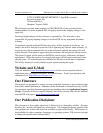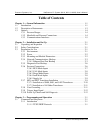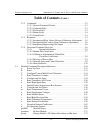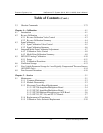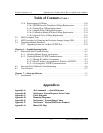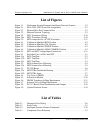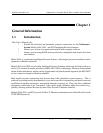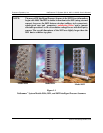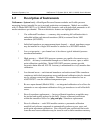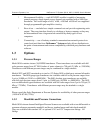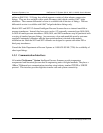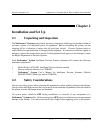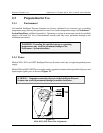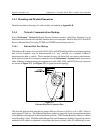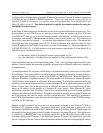
Pressure Systems, Inc. NetScanner™ System (9016, 9021, & 9022) User’s Manual
www.PressureSystems.com
1 - 3
1.2 Description of Instruments
NetScanner
™
System family of Intelligent Pressure Scanner modules are flexible pressure
measuring devices intended for use in test and production environments. Models are available
with 12 (Model 9021/9022), or 16 (Model 9016) channels, each with individual pneumatic or all-
media transducers per channel. The most distinctive features are highlighted below:
! Pre-calibrated Transducer — a memory chip containing full calibration data is
embedded within each internal transducer (9016) or external Series 9400
transducer (9021/9022).
! Individual transducer per measurement input channel — mixed transducer ranges
may be installed in a single 9016 module or attached to a 9021/9022 module.
! Low cost per point — per-channel cost is less than a typical industrial pressure
transducer/transmitter.
! High accuracy — Model 9016 pressure scanners are capable of accuracies up to
±0.05%. Accuracy is maintained through use of built-in re-zero, span, or multi-
point calibration capabilities. Model 9021/9022 pressure scanners provide
accuracies better than ±0.10% FS. Accuracy is maintained for six (6) months after
calibration.
! Low thermal errors —each internal transducer and each external 904x transducer
contains an individual temperature sensor and thermal calibration data for internal
use by software correction algorithms. Thermal errors are reduced as low as
±0.001%FS/ºC over the calibrated temperature span.
! Re-zero upon demand (Models 9016) — an integrated calibration valve allows for
automatic re-zero adjustment calibration of dry gas transducers to null offset drift
errors.
! Ease of transducer replacement — factory calibrated transducer assemblies may
be stocked and rapidly replaced in the field. Storage of thermal coefficients
within the transducer allows for ‘plug and play’ transducer replacement.
! Ease of calibration — each 9016 module contains a pneumatic calibration
manifold and software commands to automatically perform re-zero, span, and
multi-point adjustment calibrations. New offset and gain coefficients that result
from the most recent calibration may be stored in non-volatile transducer memory.



